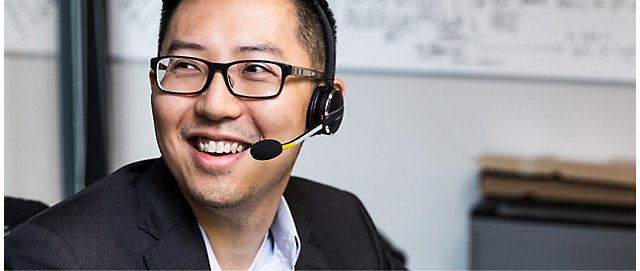Across the healthcare industry, doctors spend significant time—often during nonworking hours—reviewing patient documents to prepare for appointments. This extensive onboarding process limits the time doctors can interact with patients face-to-face.
City of Hope wanted to save time for physicians by using Microsoft Azure to develop a generative AI solution that could process and summarize hundreds of pages of patients’ medical history documents.
With the solution, doctors at City of Hope reduced the time and burden of reviewing documents and were empowered to provide faster, more personalized patient care. The burden of self-advocacy was reduced for patients as well.











Follow Microsoft